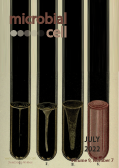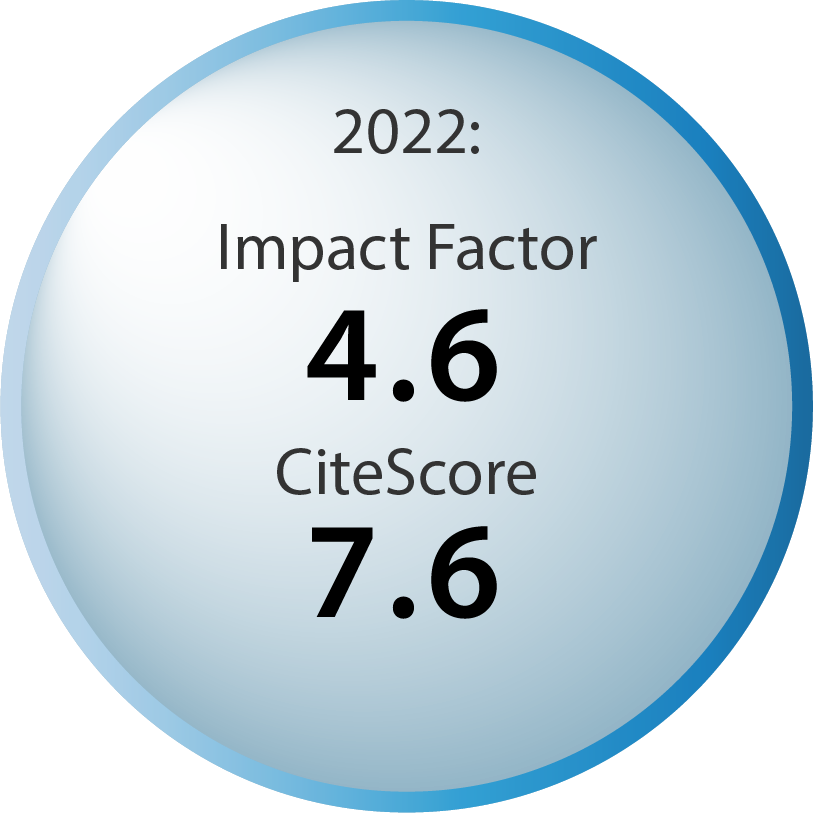Table of contents
Volume 9, Issue 7, pp. 136 - 140, July 2022
Cover:
Detail of the 54th plate from Karl Bernhard Lehmann's and Rudolf Otto Neumann's ''Atlas und Grundriss der Bakteriologie und Lehrbuch der speziellen bakteriologischen Diagnostik'' (1897), published by William Wood & Co (New York), showing a gelatin stick culture of Vibrio albensis grown for 24 hours (I), 4 days (II) and 10 days (III) at 22°C as well as an indol reaction at the end of the 10 day incubation (bouillon culture treated with dilute sulphuric acid). The image was retrieved via Flickr from the Biodiversity Heritage Library (image modified by MIC). The cover is published under the Creative Commons Attribution (CC BY) license.
Enlarge issue cover
A roadmap for designing narrow-spectrum antibiotics targeting bacterial pathogens
Xinyun Cao, Robert Landick and Elizabeth A. Campbell
Microreviews |
page 136-138 | 10.15698/mic2022.07.780 | Full text | PDF |
Abstract
Clostridioides difficile (Cdiff) infection (CDI) continues to be the leading threat of nosocomial deaths worldwide and a major burden on health-care systems. Broad-spectrum antibiotics eradicate the normal gut microbiome, killing protective commensal bacteria and increasing CDI recurrence. In contrast, Fidaxomicin (Fdx) is a narrow-spectrum antibiotic that inhibits Cdiff growth without affecting crucial gut microbes. However, the basis of the narrow-spectrum activity of Fdx on its target, RNA polymerase (RNAP), in Cdiff has been enigmatic. Recently, Cao et al. (Nature, DOI: 10.1038/s41586-022-04545-z) combined transgenic RNAP design and synthesis with cryo-electron microscopy (cryo-EM) to identify a key determinant of Fdx inhibition of Cdiff RNAP. This finding was further corroborated by biochemical, bioinformatics, and genetic analysis. This microreview describes implications of this work for lineage-specific antibiotic design and new directions toward understanding transcription and regulation in Cdiff and other bacterial pathogens.
Swimming faster despite obstacles: a universal mechanism behind bacterial speed enhancement in complex fluids
Shashank Kamdar and Xiang Cheng
Microreviews |
page 139-140 | 10.15698/mic2022.07.781 | Full text | PDF |
Abstract
Bacteria constitute about 15% of global biomass and their natural environments often contain polymers and colloids, which show complex flow properties. It is crucial to study their motion in such environments to understand their growth and spreading as well as to design synthetic microswimmers for biomedical applications. Bacterial motion in complex viscous environments, although extensively studied over the past six decades, still remains poorly understood. In our recent study combining experimental data and theoretical analysis, we found a surprising similarity between bacterial motion in dilute colloidal suspensions and polymer solutions, which challenged the established view on the role of polymer dynamics on bacterial speed enhancement. We subsequently developed a physical model that provides a universal mechanism explaining bacterial speed enhancement in complex fluids.










